Some scientists argue that aging is a social construct, not a natural law. Can we challenge it with advances in genetics and artificial intelligence?


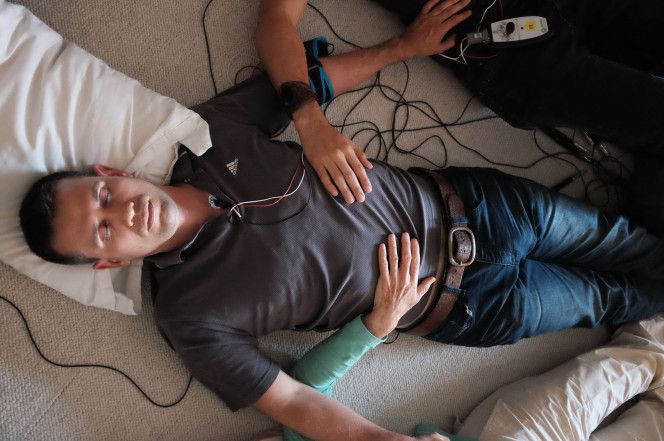
A Navy SEAL, broad-chested and strongly built, floats peacefully on the water, as his recent deployment to a war-torn country becomes a distant memory.
Sealed inside a pitch-black sensory deprivation tank in the Mind Gym at Navy SEALs headquarters in Norfolk, Va., electrodes attached to his head, he has reached an altered state of consciousness referred to as “ecstasis” or “stepping outside oneself.”
It’s a state achieved by many others throughout time. High-performance athletes are in ecstasis when they ski down huge mountains or surf giant waves. Monks attain it after years of meditation. Mystics feel it when they have visions. And the US government uses it to try to reset their most elite warriors after brutal battles abroad.
In Brief
Communication technology tends to develop in a particular direction: more people communicating across larger distances using less effort to do so. Taken to its logical extreme, perfect communication would be anyone being able to talk to anyone, anywhere, using no effort at all.
The closest concept we have to this form of communication is something called the hive mind. Everyone would be connected to everyone telepathically, and we could all share our thoughts, memories, and even dreams with one another. Such a system of communication would not only have far-reaching consequences, it would also be hugely controversial.
As I shared yesterday with others, the world of tech is about to be flipped on its’ head & even spun around several times. So what is the impact? It means that the companies “big tech” & Silicon Valley will need to change & evolve faster than ever or they could see countries with no old tech products & old tech brand will be given an easier playing field to adapt, quick-to-market due to no legacy noise, & refreshing as the new image brand v. an older stigma-brand tied to the good old days of Moore’s Law. So, I see many new versions of SVs outside the US emerging.
Shanghai’s Pudong will build a Tsung-Dao Lee Research Center in the Zhangjiang area, along with a batch of new world-class scientific institutes in a bid to develop the area into a “national science center.”
The research center is named after the Shanghai-born scientist who won the Nobel Prize for physics in 1957 and will focus on particle physics and astrophysics as well as quantum science and technology, the Shanghai Science and Technology Commission said.
“The new center aims to enhance China’s influence on the fields of fundamental physics,” a commission official told reporters yesterday.

Orginal press: http://www.prweb.com/releases/2017/02/prweb14062199.htm
Bioquark, Inc., (http://www.bioquark.com) a life sciences company focused on the development of novel biologics for complex regeneration and disease reversion, and SC21 Biotech, (http://www.sc21bio.tech), a biotechnology company focused on translational therapeutic applications of autologous stem cell therapy, have announced a collaboration to focus on novel cellular reprogramming and production approaches for CCR5 Delta32 homozygous cord blood stem cells, for long-term control of HIV via transplantation.
“We are very excited about this collaboration with SC21 Biotech,” said Ira S. Pastor, CEO, Bioquark Inc. “The natural synergy of our cellular reprogramming tools and SC21 Biotech’s translational cell therapy experience, will make for a transformational opportunity in this area of HIV disease control.”
HIV-1 infection afflicts more than 35 million people worldwide. For individuals who have access to antiretroviral therapy, these drugs can effectively suppress, but not cure, HIV-1 infection. The only documented case for an HIV/AIDS cure was a patient with HIV-1 and acute myeloid leukemia who received allogeneic hematopoietic cell transplantation from a graft that carried the HIV-resistant CCR5-Delta32 homozygous mutation. The patient has remained without any evidence of HIV infection for more than 8 years after discontinuation of antiretroviral drug therapy.
However, identifying immune matched adult CCR5- Delta32 homozygous donors for a given patients is not readily feasible in part because the prevalence is in only about 0.8%–1% of individuals of northern European descent and much less in other ethnic groups, as well as the fact that for such transplants with adult cells there needs to be a very close HLA match between donor and patient.
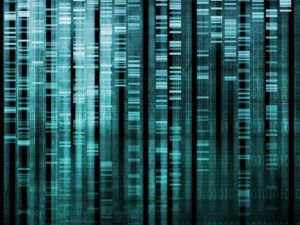
In contrast, cord blood that is CCR5- Delta32 homozygous provides a major advantage in that much less stringent HLA matching is required between donor and patient. However, a technological method to cost effectively and industrially scale the production of such cells has been missing.
“We look forward to working closely with Bioquark Inc. on this exciting initiative,” said Mr. Paul Collier, Managing Director of SC21 Biotech. “The ability to apply Bioquark’s cellular reprogramming tools in order to produce industrial quantities of such precious cell lines will offer a much greater global penetration of this important therapeutic modality for HIV.”
“Bioquark has spent several years studying the evolutionarily perfected ability of bioactive moieties found in ooplasms to turn back biological time and re-set cellular regulatory state” said Dr. Sergei Paylian, Founder, CSO, and President, Bioquark Inc. “This unique initiative is one more step in our broad translation of such natural capabilities to control the progression of human diseases.”

About Bioquark, Inc.
Bioquark Inc. is focused on the development of natural biologic based products, services, and technologies, with the goal of curing a wide range of diseases, as well as effecting complex regeneration. Bioquark is developing both biological pharmaceutical candidates, as well as products for the global consumer health and wellness market segments.
About SC21 Biotech
SC21 Biotech is a novel a biotechnology company focused on translational therapeutic applications, as well as expedited, experimental access for “no option” patients, to a novel range of regenerative and reparative biomedical products and services, with the goal of reducing human degeneration, suffering, and death.
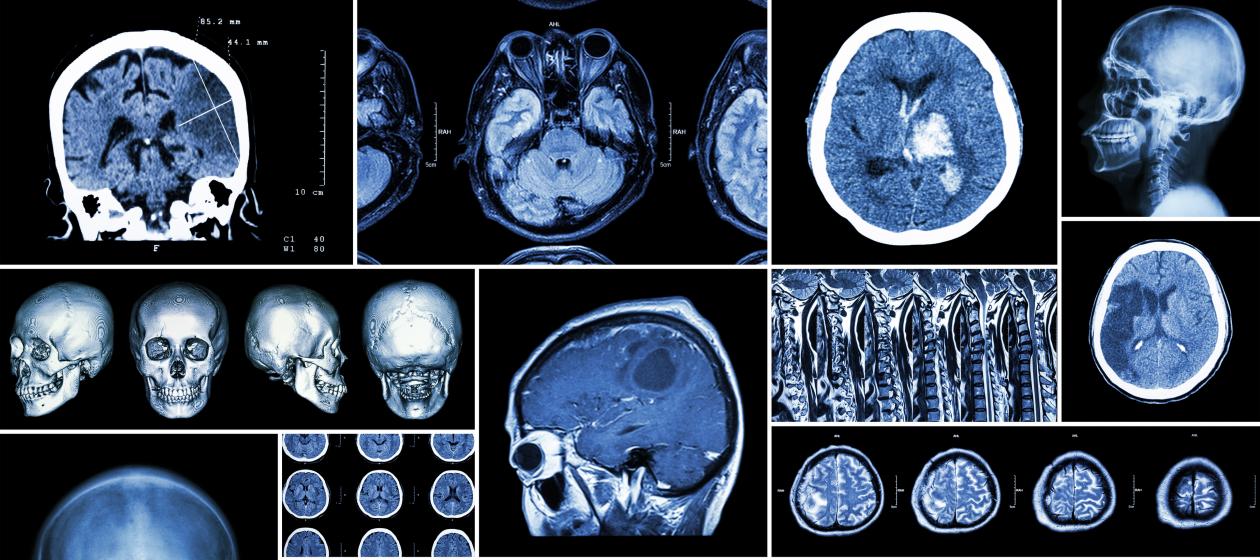
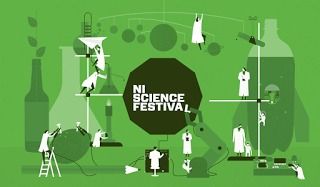

Congrats Dr. Happer.
I’ve been waiting to find out who will be Pres. Trump’s science adviser. It appears to be physicist Dr. William Happer, a physicist currently teaching at Princeont University, and former Director of the U.S. Department of Energy’s Office of Science from 1991–1993. He’s no slouch as a scientist. His work for the Air Force on the sodium guidestar laser platform for the military’s missile defense program provided information on the tropopause layer in the upper atmosphere, which is where atmospheric wave fronts distort both starlight and laser emissions, and where heat either begins to leak into space or does not, depending on how much and what kind of gas is blocking heat radiation.
The tropopause is the boundary between the troposphere, where we live and where weather takes place, and the stratosphere. The layers above that are the stratosphere, where stratocirrus clouds form as floating clouds of ice, the mesosphere, the thermosphere and the top, very thin layer, the exosphere. Beyond that is space.
Dr. Happer’s view of the whole climate thing clashes badly with the PC crowd’s notions about it, mostly because during the development of the sodium guidestar, he had to learn the physics and chemistry of the troposphere and the tropopause, and the layers above the troposphere.
“Launched in 2007, the Fuller Challenge has defined an emerging field of practice: the whole systems approach to understanding and intervening in complex and interrelated crises for wide-scale social and environmental impact. The entry criteria have established a new framework through which to identify and measure effective, enduring solutions to global sustainability’s most entrenched challenges. The rigorous selection process has set a unique standard, gaining renown as “Socially-Responsible Design’s Highest Award.”
The Fuller Challenge attracts bold, visionary, tangible initiatives focused on a well-defined need of critical importance. Winning solutions are regionally specific yet globally applicable and present a truly comprehensive, anticipatory, integrated approach to solving the world’s complex problems.”
Deadline is March 31, 2017
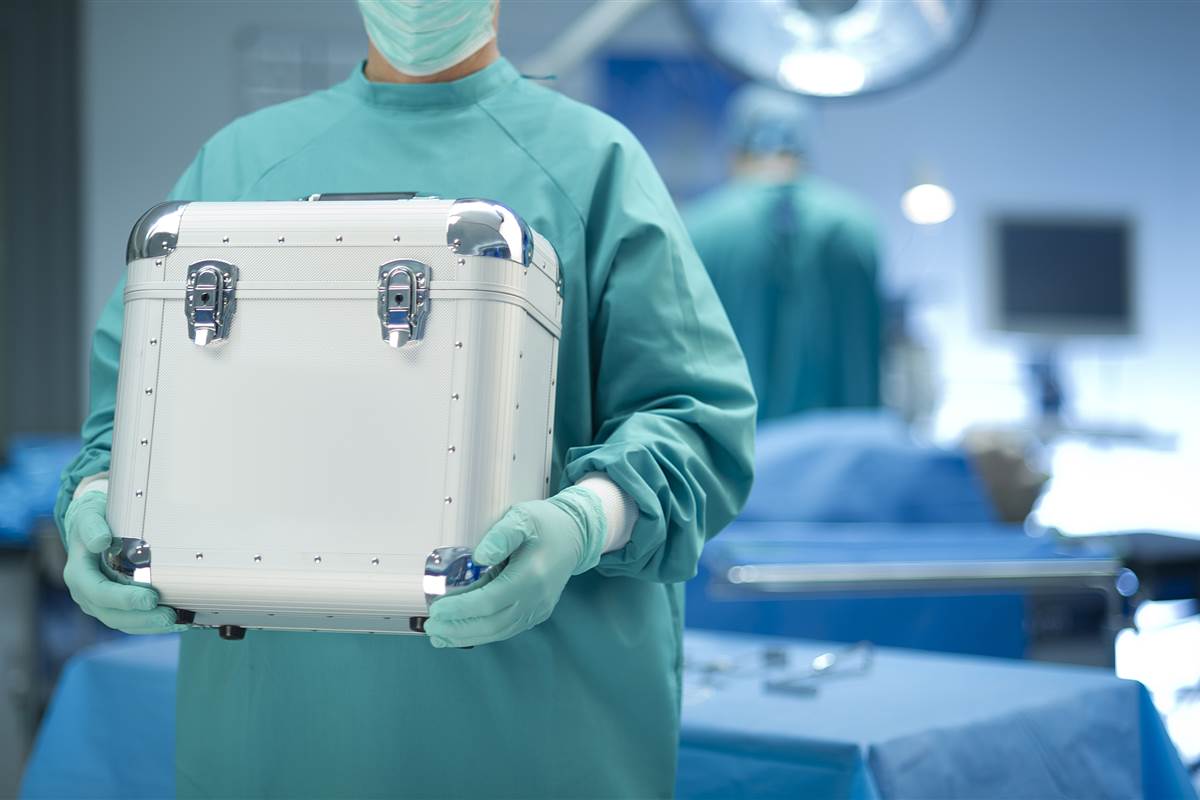
It looks like Self Driving cars may create a US organ shortage that finally acts as the Kick in the Ass to force stem cell generated organs on to the market. Enough of the ‘in the future’ we might have these Nonsesne.
Science, however, can offer better a better solution.
The waiting lists for donor organs are long — 120,000 people on a given day — and ever increasing. With fewer donor organs to go around, researchers are working on other ways to get people the parts they need. With help from 3D printing and other bioengineering technologies, we will eventually be able to grow our own organs and stop relying on donors.
Related: How Technology is Tackling Joe Biden’s Cancer Moonshot
“It’s like a race in which there’s multiple different players, but no matter which one of them winds up winning, it’s good,” says Ali Khademhosseini, a bioengineer at Harvard Medical School.